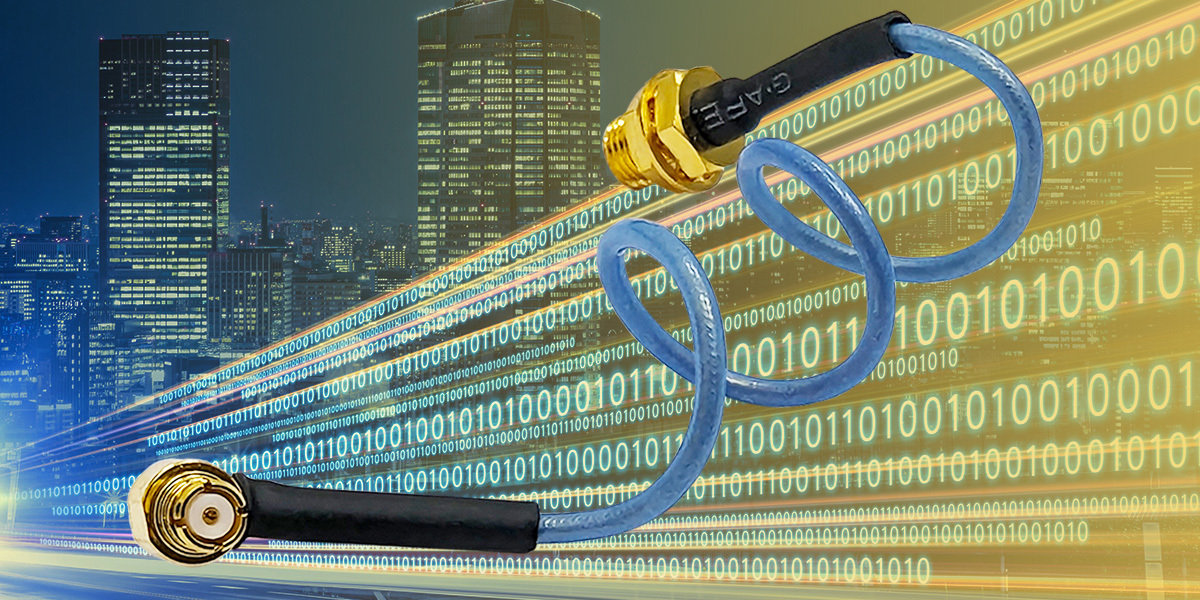The benefits of using flexible semi-rigid cable for RF & microwave cable assemblies
January 26, 2023 / Press Release , Cable Assemblies
"Using flexible semi-rigid coax cable for your coax cable assemblies offers several benefits," states Tom Hennessey, Business Manager for Cable Assemblies at GTK UK.
"The construction of the cable means that it can be formed by hand, and reformed if needed, and yet still hold its shape. This negates the need for any custom tooling or jigs in the production process, which results in lower finished assembly costs.

"This flexible semi-rigid cable can be used in conjunction with standard, miniature, subminiature and microminiature cable connectors, for most high frequency RF applications including antenna, radio, and satellite communications. The advantage of this flexibility is that the assemblies can be re-formed and tweaked in situ or out in the field. This differs from using regular semi-rigid cable in your assembly, which, once formed, holds it shape permanently."
This critical difference is attributable to the different cable construction. Flexible semi-rigid cable is made up of one centre conductor and a two-stage outer conductor. There is also an overlapping stiff metal spiral around the dielectric, which is then covered by a braided outer conductor. Semi-rigid cable, however, includes one central conductor, which is surrounded by an inflexible outer conductor.
Tom continued, "For the vast majority of applications, we are happy to recommend using flexible semi-rigid cable for the reasons already explained, primarily cost and flexibility of configuration. In a limited number of ultra-high frequency applications, we would recommend using semi-rigid cable. Our technical experts are happy to advise customers on which is the most appropriate cable for their project."